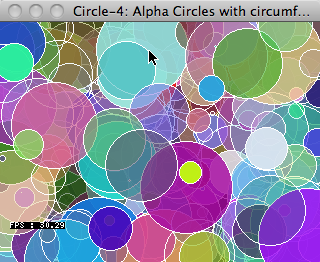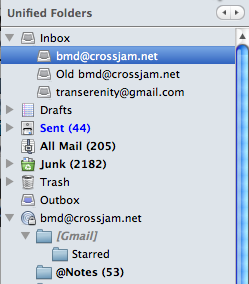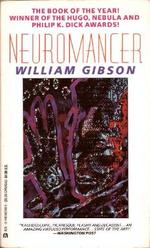 I’m really enjoying Marco Arment’s posts on various trends and tradeoffs between Apple’s laptops and desktops. Seeing as how my current laptop will be three years old in August (and it was bottom of the line then), I was nominally starting to consider my purchasing options for much later this year or early 2012.
I’m really enjoying Marco Arment’s posts on various trends and tradeoffs between Apple’s laptops and desktops. Seeing as how my current laptop will be three years old in August (and it was bottom of the line then), I was nominally starting to consider my purchasing options for much later this year or early 2012.
First, Arment frames the tradeoffs between iMacs and MacBook Pros. I was considering an iMac to provide horsepower for personal hacking projects but he may have convinced me that the MBP is the right way to go. Then he drills down into evaluating what you want vs “need” in a laptop. Most recently he opines about the potential of a future 15” MacBook Air combined with a Thunderbolt interface. While 15 inches of display is great, Thunderbolt would let the laptop drive multiple monitors on the scale of the 27 inch iMac. At least that’s what I remember from recent blog post, although I’m having trouble digging it up at the moment.
Looking forward to more from Arment.


 Well
Well 


 So I’m liking
So I’m liking 

 I finally, Finally,
I finally, Finally, 





 Okay, I’ve gotten sucked in to
Okay, I’ve gotten sucked in to 
 Okay, so I think that college football on Friday is blasphemous. (Thursday is only criminal) Make room for the high schoolers why dontcha! And the football usually sucks. I mean how many Conference
Okay, so I think that college football on Friday is blasphemous. (Thursday is only criminal) Make room for the high schoolers why dontcha! And the football usually sucks. I mean how many Conference 